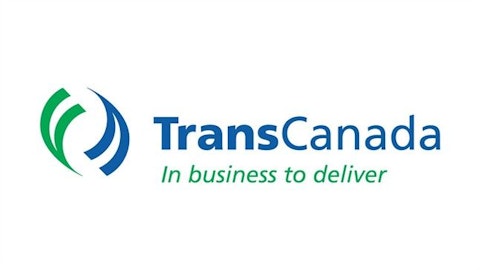
An MLP is great for an income portfolio because it pays out a large part of its income as distributions to its partners, i.e. shareholders. These distributions are then subject to a very favorable tax treatment, which makes investments in these types of partnerships very attractive.
Specifically for MLP taxation purposes, there are two advantages that can benefit the investor. The first is that, as a partnership, the income is not subjected to corporate income taxes, which allows more of the income to be passed along to the partners.
Secondly, the distributions of an MLP are not considered income under the current tax code. They are considered a return of capital, and thus are not taxable to the receiver; they do, however, reduce the cost basis of the investment itself. Thus, when the investor finally sells, his cost basis will be reduced by the amount of distributions that he has received, so his taxable gain will be more. Therefore, you will only pay the tax on the distributions when you actually sell your position, and it will be considered capital gains.
You will still be assessed a share of the partnership’s actual net income every year, but this tends to be significantly less than the amount of distributions, and is also reduced by the partnership’s deductions for depreciation.
So, in my quest to assemble what I call the Perfect Dividend Portfolio, I have looked at hundreds of companies and many MLPs, to see whether or not they merit inclusion.
In my examination, I review the companies on seven different criteria: yield, number of years paying and raising dividends, five-year Dividend Growth Rate (DGR), five-year projected Earnings Growth Rate (EGR), total return for the past twelve months, PE, and payout ratio. I feel that this selection covers the past dividend-paying history, the potential future earnings growth, and the valuation of the company.
I constructed a ratings system that awards points for each of the above mentioned criteria. A “perfect” score would be 28 points, with four points awarded in all seven categories.
The first company on Mr. Reeves’ list is Cheniere Energy Partners LP (NYSEMKT:CQP). Like most MLPs, it is in the energy transportation business.
The company is currently trading at approximately $28 and yields 6.20%. It has kept its distribution frozen since 2008, which makes its five-year DGR 0%. The partnership is projected to lose money through all of 2013 and 2014. The stock price is trading at its 52-week high, however, which is up 20% versus a year ago.
Other metrics that I use when calculating a rating for a dividend company include analysts’ five-year annual growth estimate (17%) and the company’s PE (37 based on the TTM EPS of $0.77.)
Cheniere Energy Partners LP (NYSEMKT:CQP) scores an 11 on my ratings system, mainly because of the fact that it has kept its distribution unchanged for so long. Pipeline companies tend to raise their distributions frequently, and that’s a big reason why I like them. The fact that Cheniere Energy Partners LP (NYSEMKT:CQP) does not follow this trend is somewhat troubling to me, as well as its projected losses for the foreseeable future.
The second MLP is Enterprise Products Partners L.P. (NYSE:EPD), which was the third company that I selected for my portfolio back in December. At the time, it scored an 18 on my system, and I continue to re-score it every few months to make sure it still is performing as I want.
The company is currently trading at approximately $61, up from $50 where it was trading when I chose it. It yields 4.30%, it has been raising its dividend for 15 years, and its last increase was the for current quarter, an increase of 1.5%. The distribution was raised every quarter last year and has so far been increased twice this year. Its five-year DGR is 5.7%.

